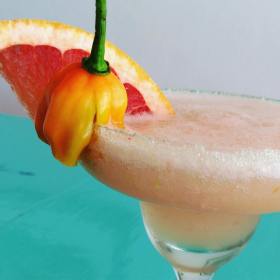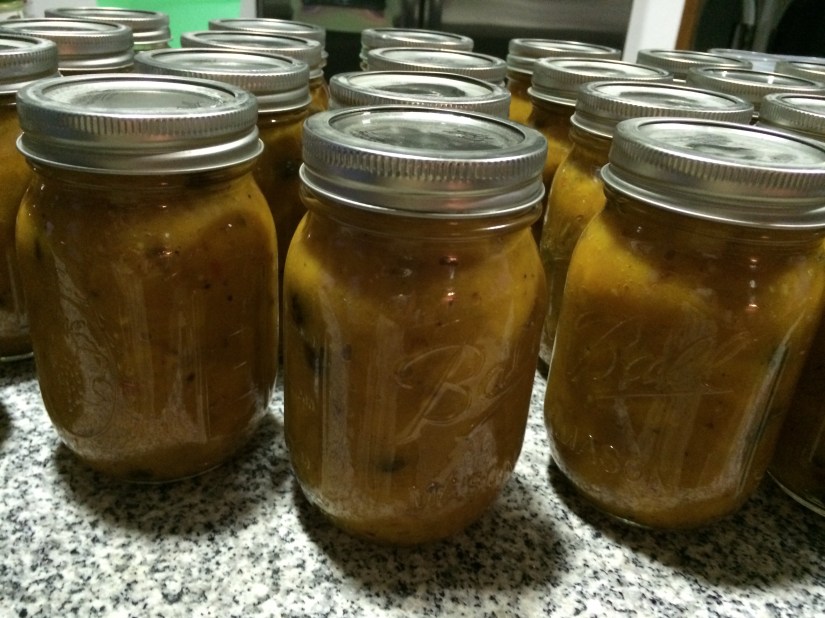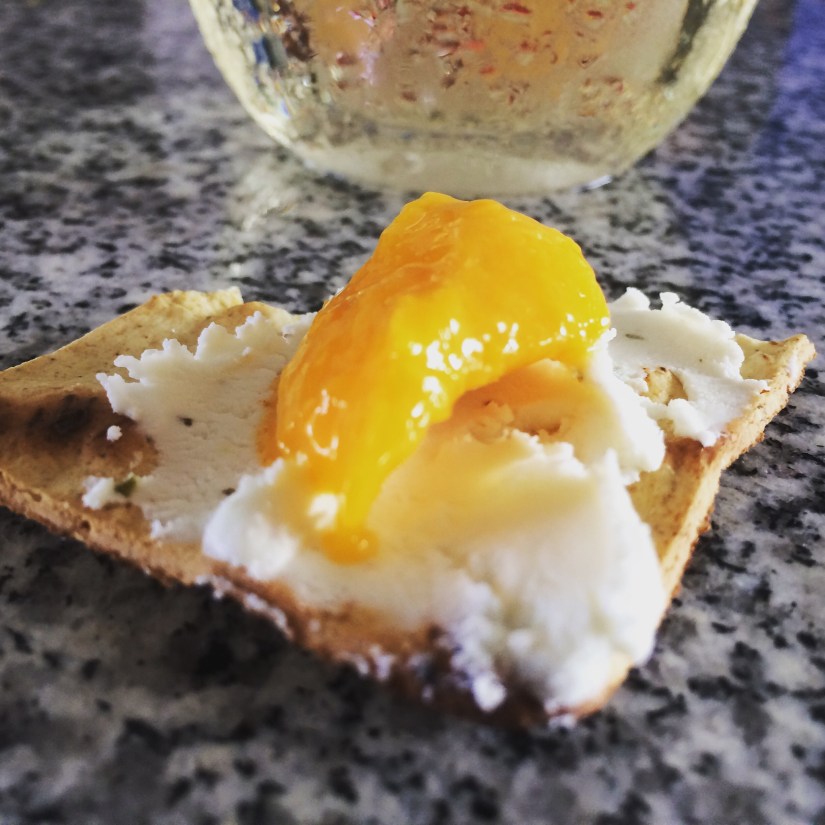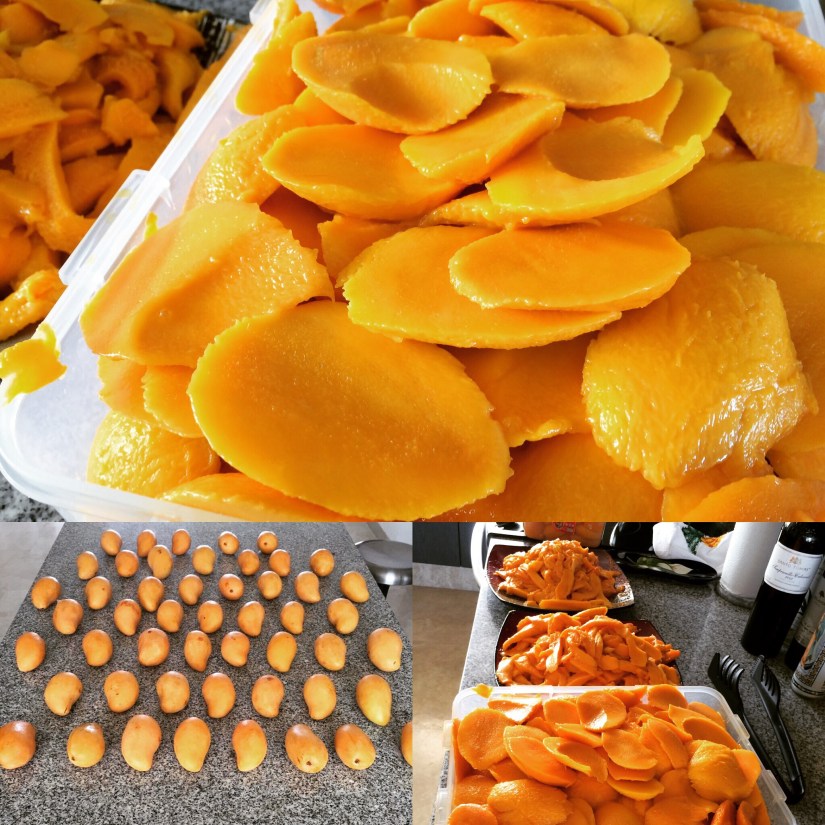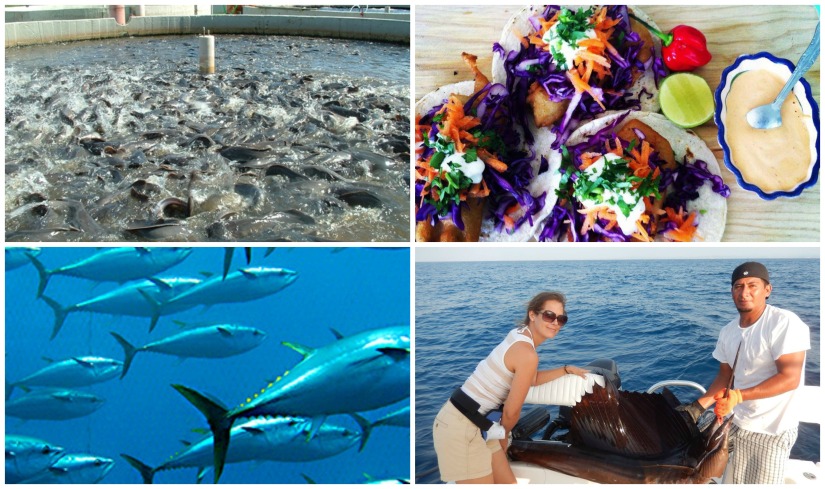 Living by the ocean, it is amazing to me that when I go to the corporate-owned supermarket the only seafood available is imported and most likely farmed. To get local fresh fish one needs to go find the guys with coolers on the street corner or small fish stalls.
Living by the ocean, it is amazing to me that when I go to the corporate-owned supermarket the only seafood available is imported and most likely farmed. To get local fresh fish one needs to go find the guys with coolers on the street corner or small fish stalls.
While for most of us fish is an occasional meal, chicken, beef and pork being the most common protein in the North American diet, for much of the world fish is a main staple.
About 1 billion people largely in developing countries rely on fish as their primary animal protein source. In 2010, fish provided more than 2.9 billion people with almost 20% of their intake of animal protein, and 4.3 billion people with about 15 % of such protein.
At Café Juanita and Frida’s Fish Taco Food Truck, we are committed to only serving locally caught fish. This means occasionally not having fish or at times ‘making do’ with fish that are less popular.
When I first moved to Southern Mexico almost 20 years ago the waters were abundant with marine life. My then-husband routinely went diving for lobster, came home with fresh yellow fin tuna or amberjack.
In the past few years I have noticed a large decline in the amount and variety of fish available. Part of this is due to warmer waters and less cold currents that my favorite fish favor. Causes of this are global warming, overfishing by large-scale fisheries, pollution and contamination.
A few things you can do to protect the ocean and guarantee delicious fish tacos will still be available in 20 years!
- Eat sustainable seafood.
Global fisheries are on the verge of collapse. According to the U.N. Food and Agriculture Organization (FAO), three quarters of the world’s fisheries are now overexploited, fully exploited, significantly depleted or recovering from overexploitation. Ask your seafood restaurant or fish market to buy from sustainable fisheries. Look for special terms like “line caught”, “diver caught”, “sustainably caught” or “sustainably harvested.”
- Reduce energy use.
Carbon dioxide from burning fossil fuels is making our oceans more acidic. One consequence could be the loss of corals on a global scale, as their calcium skeletons are weakened by the increasing acidity of the water. There are many simple ways you can reduce your energy use. Ride a bike, walk or use public transportation. Use high efficiency appliances in your home. Turn off appliances when they aren’t in use. Turn up your thermostat a few degrees in the summer and down a few degrees in the winter. Use compact fluorescent light bulbs in your house.
- Use reusable plastic products.
Plastic debris in the ocean degrades marine habitats and contributes to the deaths of many marine animals. Because floating plastic often resembles food to many marine birds, sea turtles and marine mammals, they can choke or starve because their digestive systems get blocked when they eat it. Help prevent these unnecessary deaths—use cloth grocery bags and reusable water bottles.
- Properly dispose of hazardous materials.
Motor oil and other hazardous materials often end up washing into coastal areas because they aren’t disposed of properly. This pollutes the water and hurts the overall health of our oceans. Be sure to dispose of hazardous waste in an environmentally safe way.
- Use less fertilizer.
When fertilizers are used in gardening and agriculture, the excess eventually ends up in the ocean. One result is a “dead zone” — an area with very low levels of oxygen in the water — the size of New Jersey in the Gulf of Mexico during the spring and summer. Since all marine life requires oxygen to live, including fish and shrimp, they must flee the area or die. Many other coastal areas are at risk too. So, use fertilizer sparingly and remember more is usually not better.
- Pick up garbage and litter near beaches.
Much of the plastic and debris found in the ocean has its beginnings in beach litter. As beach crowds increase, so does the amount of trash left behind. Don’t let your day at the beach contribute to the destruction of our oceans. Bring a trash bag with you for your garbage and volunteer for beach clean-ups.
- Buy ocean-friendly products.
Avoid products produced through unsustainable or environmentally harmful methods. For example, avoid cosmetics containing shark squalene and jewelry made of coral or sea turtle shell. These products are directly linked to unsustainable fishing methods and the destruction of entire ecosystems.


